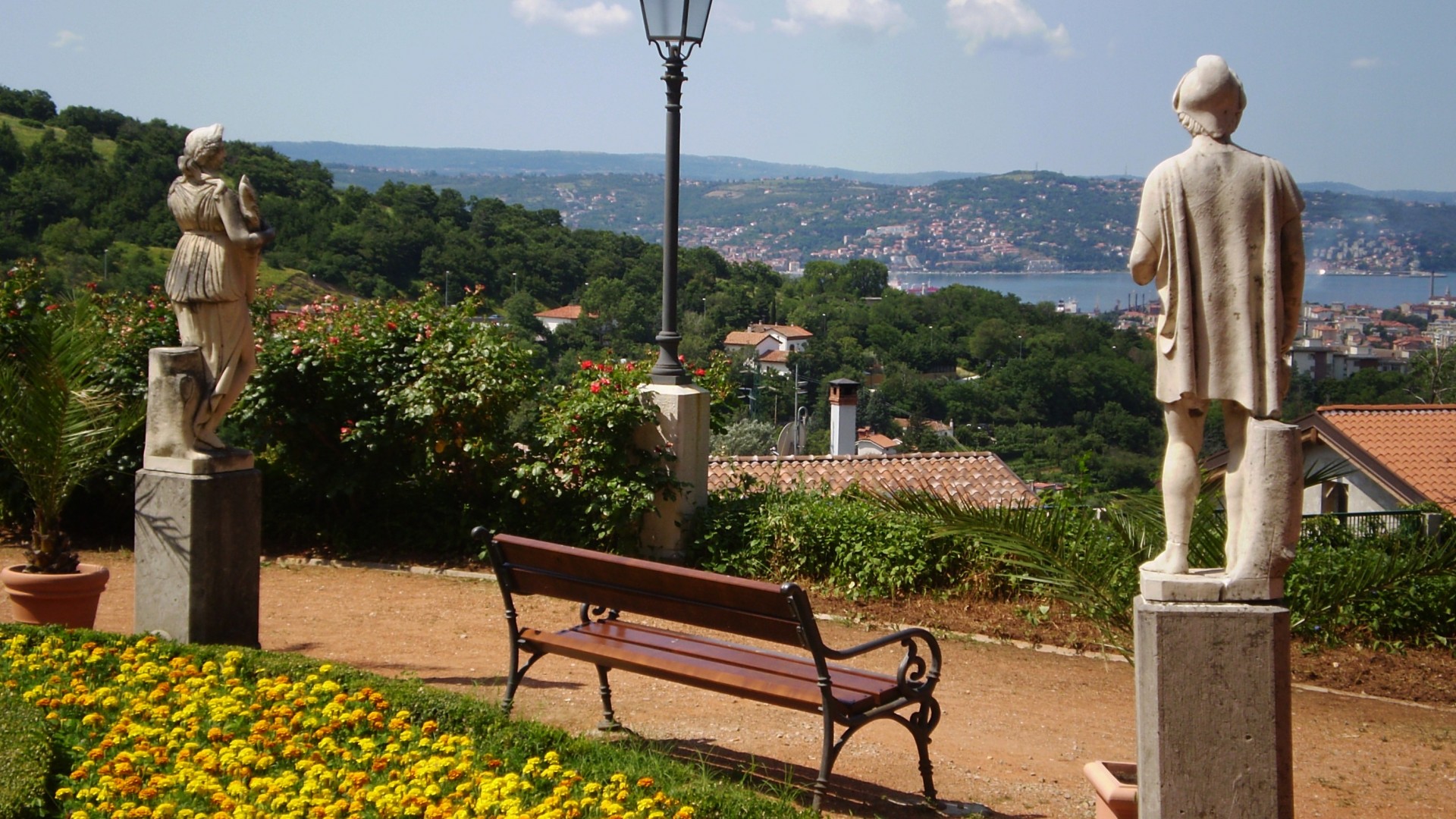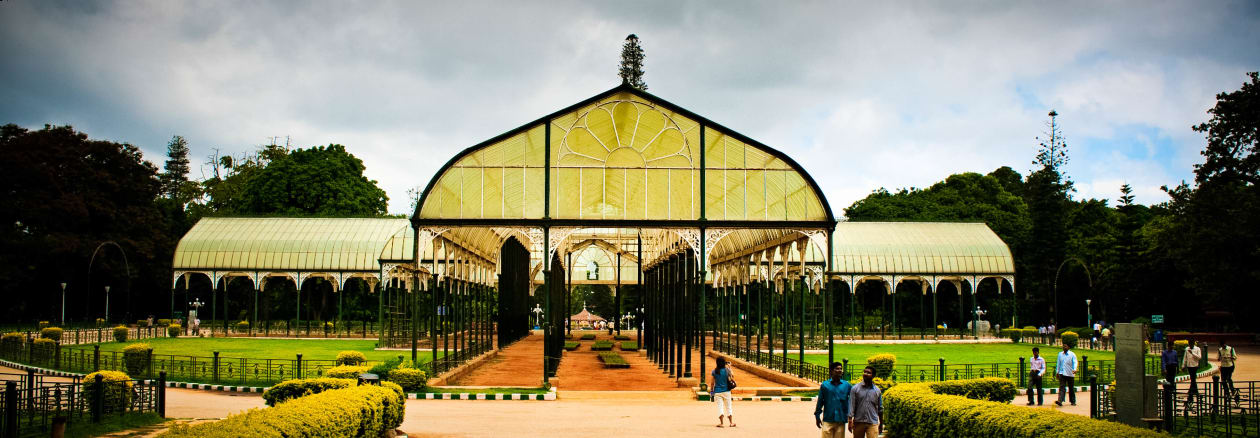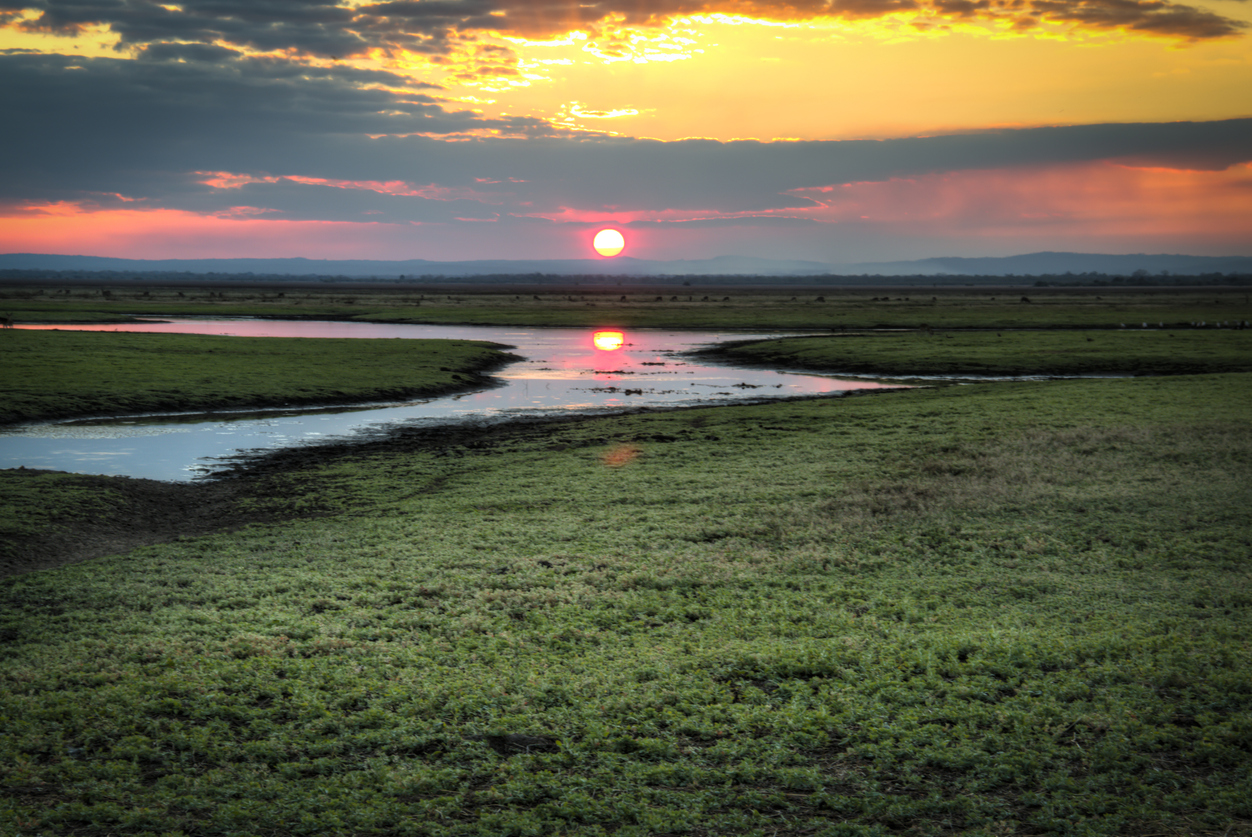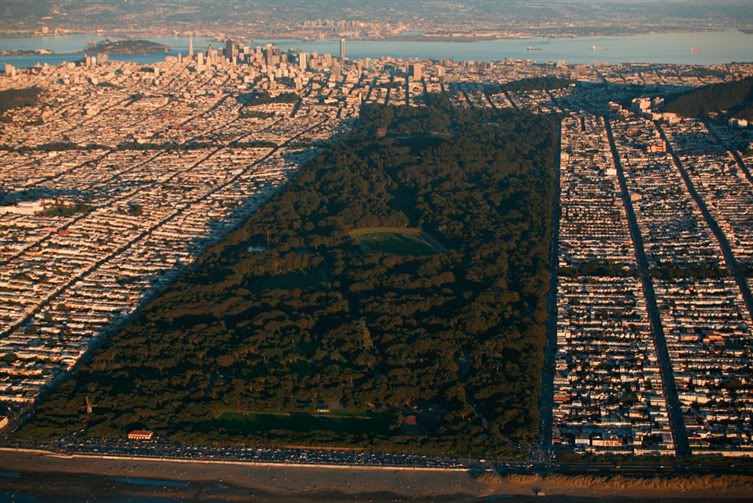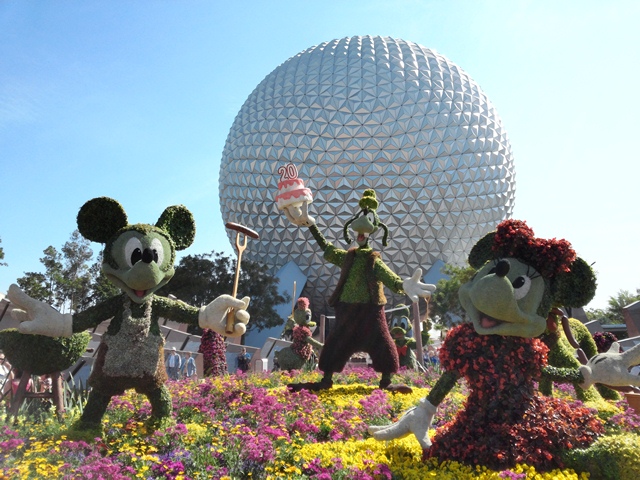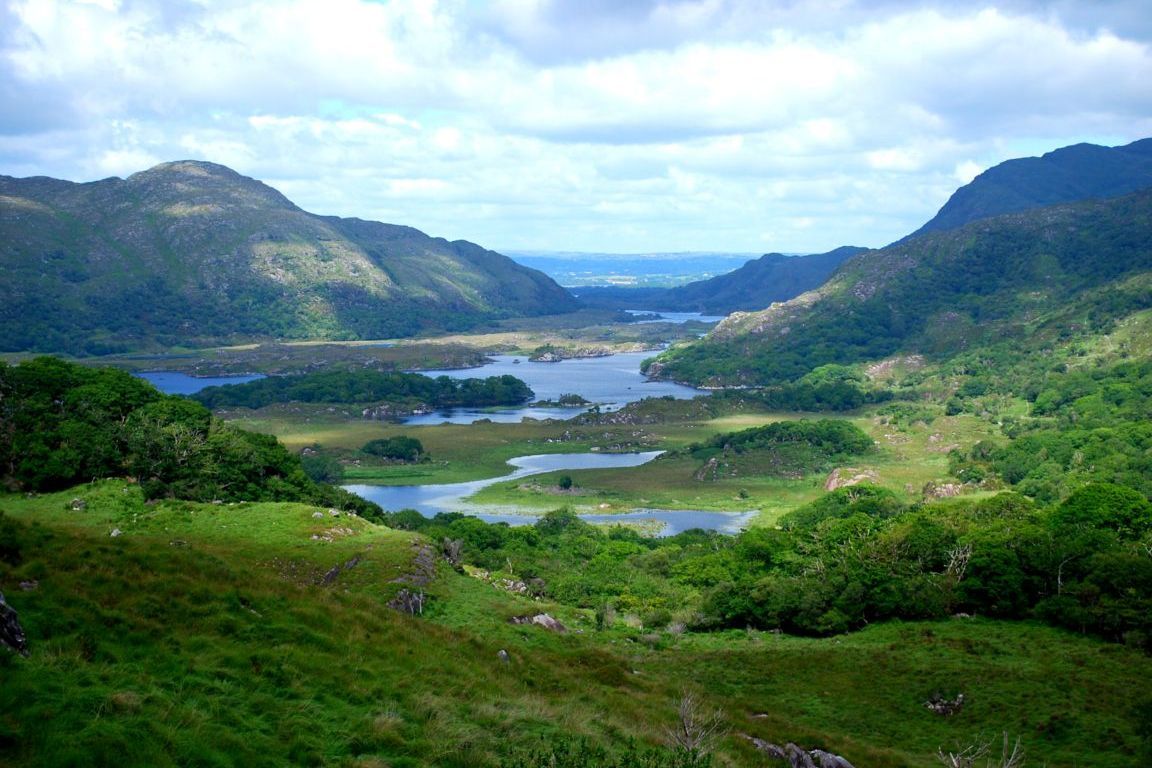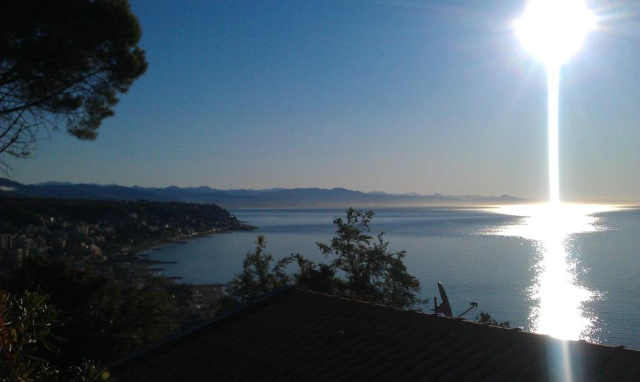The Park of Villa Revoltella is a historic garden of 50,000 square meters surrounding the rustic chalet, hunting lodge of Baron Revoltella, one of the most illustrious figures of Trieste. The park is a jewel that dominates the city, to be visited in every season for a regenerating break in the middle of nature. It is an almost "secret" place, a wonderful garden that smells of other times.
The park was also awarded the title of most beautiful park in Italy by the National Competition of Parks and Gardens.
It is located in the heart of the Chiadino-Rozzoi district: 50,000 square metres surrounding the rustic chalet commissioned to engineer Giuseppe Sforzi by Baron Pasquale Revoltella.
It has nothing to envy to the parks of the great European villas, even if its dimensions are certainly reduced: the caretaker’s house, the church in Karst stone, the gloriette, the parish house, the old stables, the glass and cast iron greenhouse, an Italian garden and the Revoltella’s chalet.Pasquale Revoltella, an entrepreneur and financier of Venetian origin, born in 1795 and died in 1869, was one of the most authoritative and representative figures of imperial Trieste, where he played a leading role both in economic life and in political events.
He arrived in Trieste when he was only two years old, in 1797, he belonged to a family of merchants who had left Venice probably because of the fall of the Republic.
He began working at a very young age and immediately showed himself to be capable and enterprising.
After a long apprenticeship in the commercial enterprise of Teodoro Necker, the Swiss consul in Trieste, in 1835 he opened a firm of timber and grain imports which quickly became successful.
At the same time he began his career as a financier: he was one of the first shareholders of Assicurazioni Generali (founded in 1831) and immediately joined the board of directors of Lloyd Austriaco (founded in 1833).
Strongly attached to his adopted city, Revoltella invested many financial resources in philanthropic and educational initiatives: in 1850 he founded the drawing school, in 1853 he donated an altar to the Church of S. Maria Maggiore, in 1857 he promoted the construction of the "Ferdinandeo" (a monumental building dedicated to the Archduke, brother of the Emperor) and the erection of the Teatro Armonia.
His greatest commitment, however, was given to supporting the opening of the Suez Canal, which he considered crucial for the development of Trieste’s economy based on maritime traffic.
